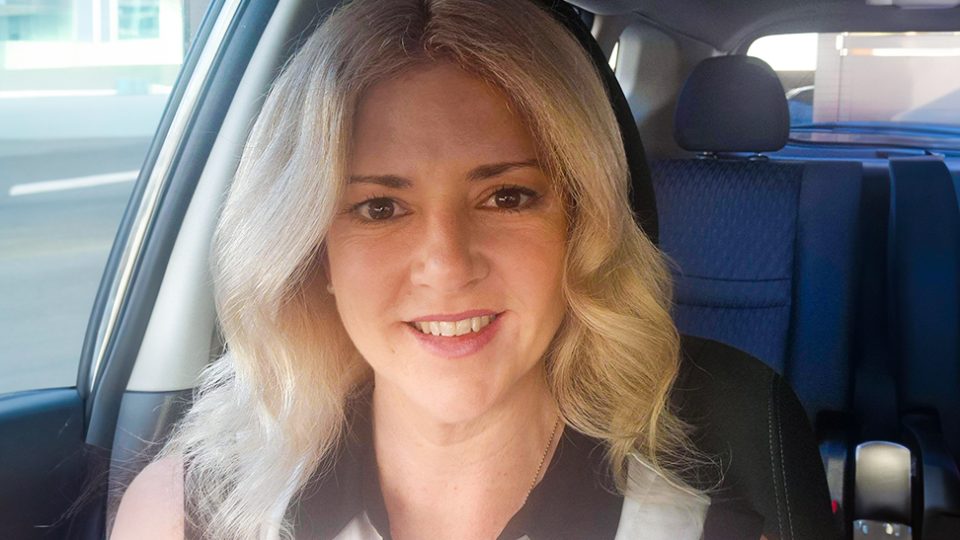‘Judge me by my ability, not my disability’
- 31 Mar 2022

Baptcare’s mission of partnering for fullness of life is clearly demonstrated through our NDIS partner work. We start by asking the people we work with, ‘Tell us what a good life would look like for you, and what we can help with to make this happen?’
Lukas is an NDIS recipient in Tasmania. Through the work that Baptcare staff are doing with him, he has built his capabilities and become a contributing member of the community. Over time he has become more self-reliant and less reliant on external services and supports.
“I live in Launceston and I’ve been an NDIS participant for six years,” Lukas said. “In the beginning, Baptcare helped with NDIS pre-planning, showed me the services available in my local community, helped me with transport assistance, and suggested assisted technology and where to get it.
“Initially I was given support to get to and from college independently. Then when I moved out of home there was assistance with gardening and life coaching to live independently. I was supported to do my own grocery shopping, then once I started at uni they helped me learn to prepare healthy meals.
“With the support of Baptcare and NDIS I’ve not only managed to grow into a functioning adult in these six years, but I’ve also graduated from a three-year Bachelor Degree in Information and Communication Technology at UTAS.
“The NDIS helped me get funding for specialised driving lessons and I obtained my driver’s licence in 2020. The combination of these achievements has given me the skills needed for meaningful full-time employment.”
Lukas now has a responsible job as an IT technician. In his spare time he likes baking and computer programming.
“My Local Area Coordinators at Baptcare have helped answer the many NDIS questions me and my family have had,” Lukas said. “Knowing those supports are available if I ever need them again, I can look to the future.
“As someone with a disability, I shouldn’t let it define me. I can craft how I want the world to see me. In other words, I want people to judge me for my abilities, not my disabilities. Instead of going into the world saying ‘Hey, I have a disability,’ I’ve started going into the world saying, ‘Hey, this is me, and I can do this to the best of my ability.’”
Community news
-

Staff Spotlight: Annabelle Hancock
Meet Annabelle Hancock, Statewide Carer Support Liaison Officer for the Foster and Kinship care team based in Tasmania.
- 06 Jan 2026
-

Staff spotlight: Alicia Johnston
We are very proud of our talented and dynamic workforce and enjoy following their professional work journeys. Roles aren’t static at Baptcare. There is flexibility to grow and develop into different areas, such as Alicia Johnston’s experience.
- 06 Jan 2026
-

BaptistCare to acquire Keyton’s Western Australian retirement village portfolio
BaptistCare is pleased to announce that we have entered into an agreement to acquire Keyton’s portfolio of retirement villages in WA.
- 13 Nov 2025
